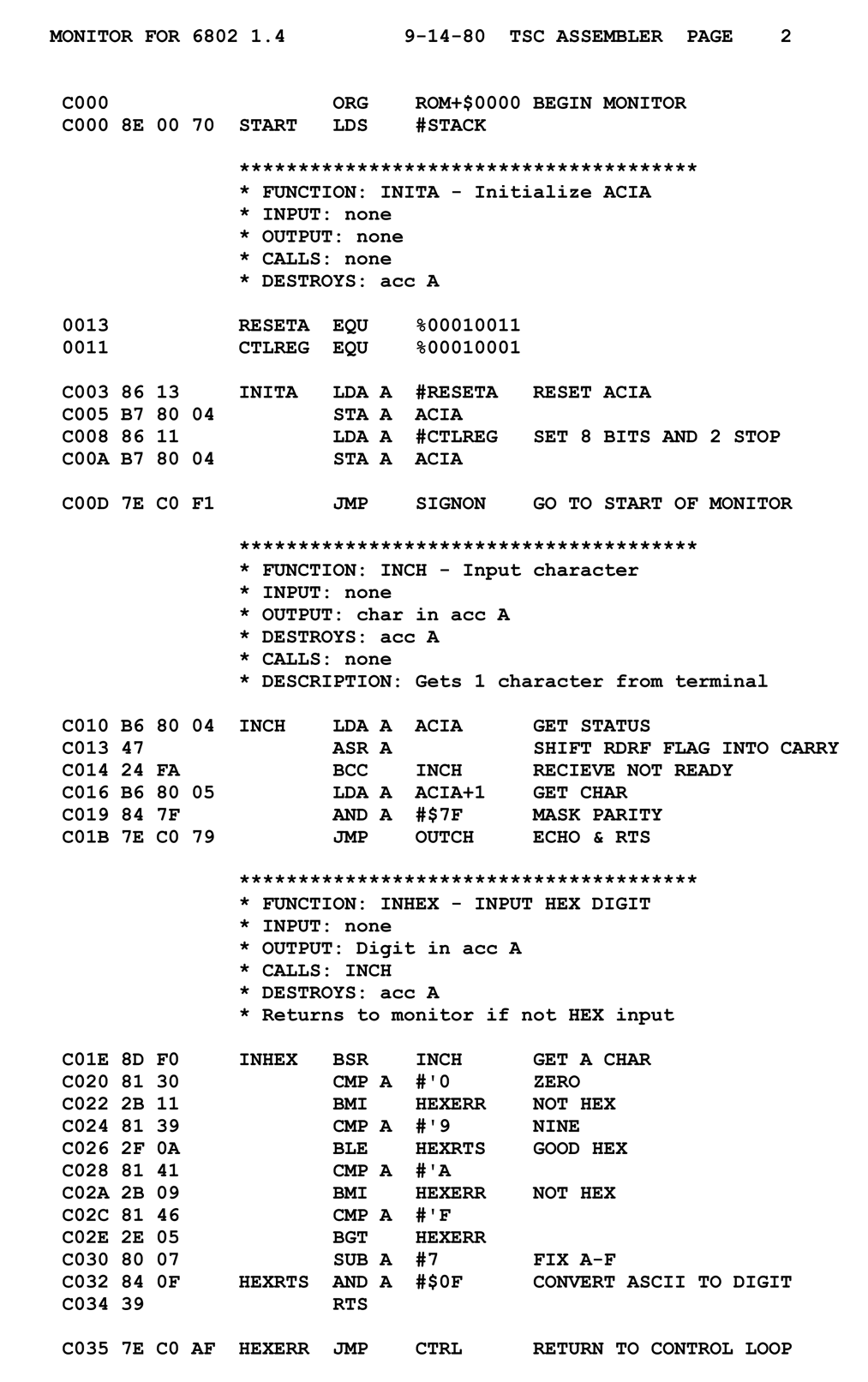As the technology to create realistic fake images, video and audio becomes more sophisticated, fact-checkers and journalists need similarly advanced tools to counter this threat. Assembler is an experimental platform from Jigsaw and Google Research that hopes to make it easier to judge manipulated media and help prevent the spread of disinformation.
Assembler analyzes images using detectors — technology trained to identify specific types of manipulation — and evaluates if and where images may have been altered.
Fact-checking images can be a time-consuming process. Image manipulation detectors — technology that can help speed up the process by identifying if and where an image has been manipulated — are not always accessible to fact-checkers and journalists. Assembler aims to make it easier and faster for journalists and fact-checkers to get the information they need to judge an image’s authenticity by bringing together multiple image manipulation detectors from academics into one tool. To specifically address the threat of deepfakes, we developed a synthetic media detector for StyleGAN-type image deepfakes.
Individual detectors are often unable to accurately detect different types of image manipulation. For example, detectors designed to identify images manipulated through copy and paste are usually unable to detect manipulations to image brightness — and vice versa. To address this, we built an experimental detector, the “ensemble model,” that is trained using signals from multiple detectors. Because the ensemble model can identify multiple image manipulation types, the results are, on average, more accurate than any individual detector.
Fact-checkers and journalists need to understand if an image is manipulated and how much trust to put on that conclusion. Assembler aims to provide clear explanations on individual detector performance and analysis so fact-checkers and journalists can feel empowered communicating their evaluation of an image’s authenticity.
Assembler is a new, experimental technology. We are excited to share our early learnings.
Assembler (computing), a computer program which translates assembly language to machine language Assembly language, a more readable interpretation of a processor's machine code, allowing easier understanding and programming by humans, sometimes erroneously referenced as 'assembler' after the program which translates it; Other uses.
- A person or thing that assembles. See compiler 2 2. (Computer Science) a type of computer program that converts a program written in assembly language into machine code.
- Assemblr helps you create a more accessible and exciting learning experience in 3D & AR. Turn lessons into stunning 3D visuals, simulate models from every angle using Augmented Reality, and bring students closer in a more immersive classroom — all from your on-the-go devices.
Also found in: Thesaurus, Acronyms, Encyclopedia, Wikipedia.
as·sem·bler
(ə-sĕm′blər)n.
assembler

as•sem•bler
(əˈsɛm blər)n.

| Noun | 1. | assembler - a program to convert assembly language into machine language computer program, computer programme, programme, program - (computer science) a sequence of instructions that a computer can interpret and execute; 'the program required several hundred lines of code' |
assembler
nounA person or business that makes or builds something:Assemblers Inc
assembler
[əˈsembləʳ]Assemblers Near Me
N
assembler
assembler
Assemblersinc.net
[əˈsɛmbləʳ]nAssembler Language
(Comput) → programmamassemblatoreAssembler Job Description
Assembler App
Want to thank TFD for its existence? Tell a friend about us, add a link to this page, or visit the webmaster's page for free fun content.
Link to this page: